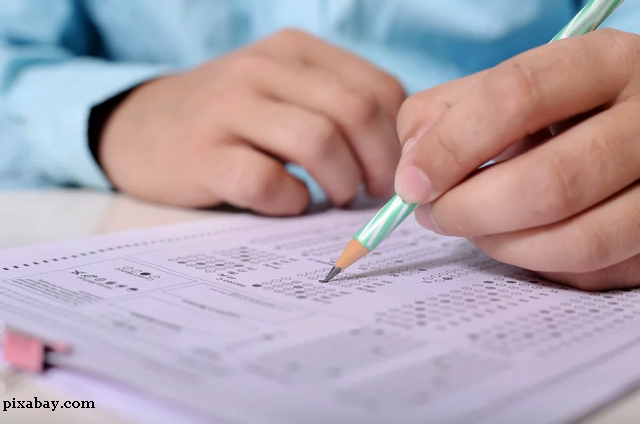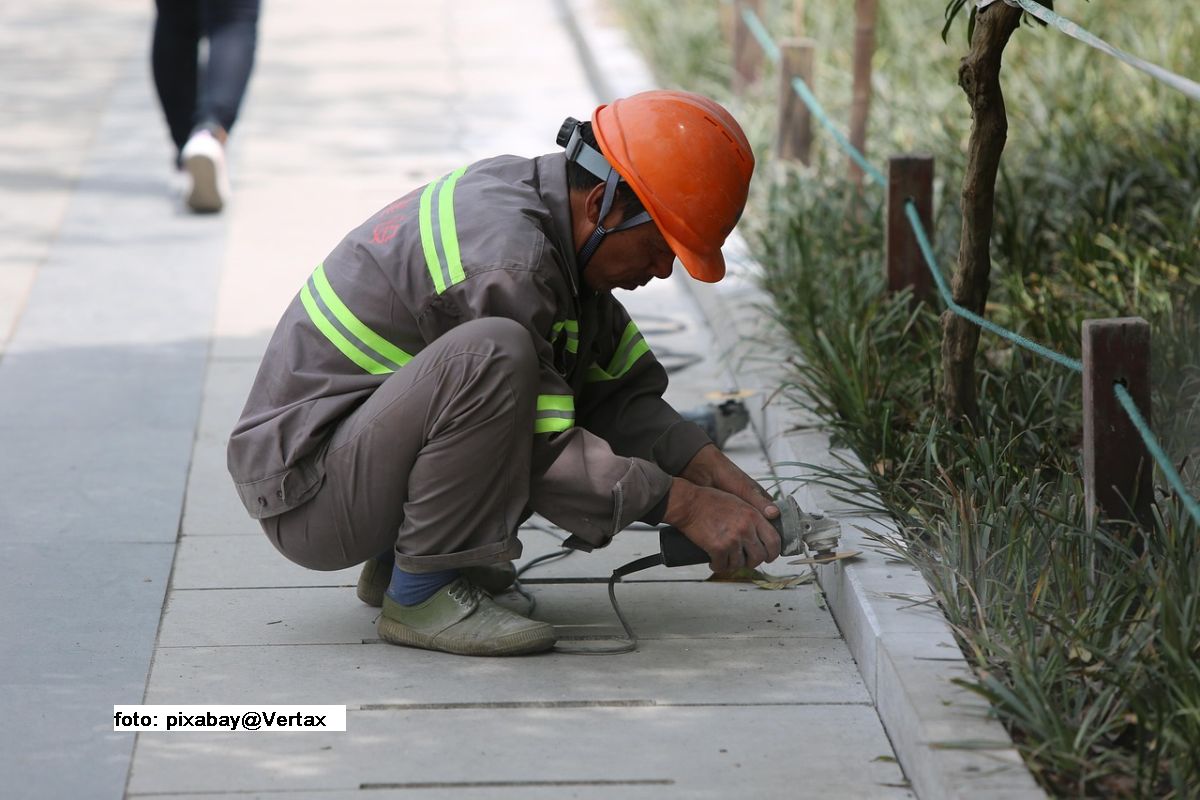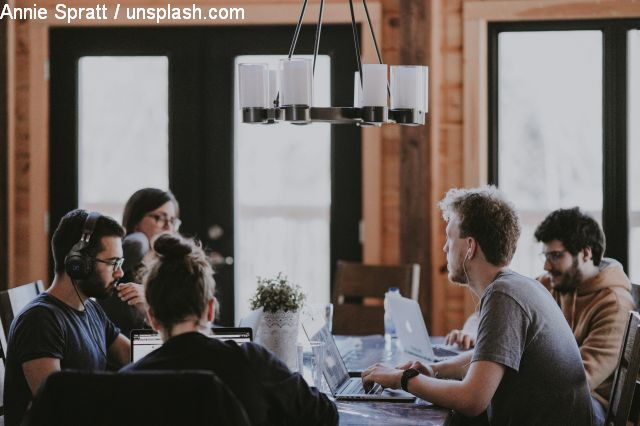High Risk Areas in Education
The NGO Human Catalyst came up with the concept of Socio-Educational Risk (SER), a tool for measuring conditions that lead to poor school performance
Warning: Trying to access array offset on null in /home/web/rri.ro/public/wp-content/themes/rri/template-parts/content.php on line 53

Warning: Trying to access array offset on null in /home/web/rri.ro/public/wp-content/themes/rri/template-parts/content.php on line 98
Christine Leșcu,
25.11.2020, 13:00
A tremendous lot of ink has been spilled on account of the Romanian system of education for a long time now, covered by all sides from all angles. Parents, teachers, and students alike have been bringing their own views as to why drop-out rates are so high (in 2020, over 15.3% above the EU rate), for instance. They also opined as to why students are so poorly educated, given that about 40% of 15 year-old students were functionally illiterate in 2018, and why teachers are not motivated. Add to that the fact that various sociology studies points out that many students from rural and disadvantaged areas are very poor, which has an impact on their education. In order to clarify and synthesize things, the NGO Human Catalyst came up with the concept of Socio-Educational Risk (SER), a tool for measuring conditions that lead to poor school performance, and social marginalization due to poor education. It was applied to almost all schools in Romania over a period spanning the period between 2015 and 2019 to classes between first and eighth grade. This is an aggregate instrument, since school performance is highly affected by the environment in which education takes place.
That is according to Laura Greta Marin, head of the Human Catalyst Association.
“With long range documentation, theoretical studies, but also field research, we came up with this formula and algorithm, in which we combine education data with information about the context in which the child lives, or the area where the school is placed. It is important, because it is a well known fact that environment has a significant impact on school performance. As such, we were highly concerned with finding a relevant and trustworthy indicator to use in addition to official data on education systems. This is a tool to aggregate data on the school environment, as well as the living environment of systems.”
The results of applying SER to study Romanian schools for four years were recently published in a study, The Socio-Educational Risk Index, a Foundation for Data Based Responsible Policies. A 2015-2019 Analysis. The volume is accompanied by an on-line map that details the situation of schools in each county. We asked what were the indicators included in the SER. The first is the school drop-out rate, calculated depending on the number of students that had to repeat a school year, expelled students, or students with unclear grade averages. Here is Laura Greta Marin telling us about the rest:
“The level of preparation for teachers, expressed by the number of teachers without proper training out of the total number of teachers in a given unit. In order to see student performance, we counted the students who did not participate in the National Evaluation, and also the grade average of students who did take part. To these indicators we added the social and economic development level of the region or locality where the school is, a level we got out of urban and rural tallies made by the World Bank. In these, marginalization is ranked from 1 to 4, where 4 is the maximum level of marginalization. This means a low level of education, as well as a low level in social and economic terms.”
After Human Catalyst ran this analysis on 4158 schools, they concluded that almost 40% of them were at socio-educational risk between 2018 and 2019. More to the point, in that period of time, 36.9% of schools, namely 1,535, were rated as disadvantaged, up from the 2017-2018 period, when 27% of schools rated as disadvantaged. At the same time, between 2015 and 2016 only 1,206 units were in this category. In the worst condition in terms of counties, according to the SER indicators, were Covasna, Vaslui, Mures, Calarasi, and Tulcea. Also, in terms of teacher training, the Human Catalyst study says: The clearest homogeneity of teachers lacking in training is in the center and south of Romania, generally in areas classified as disadvantaged. This confirms that disadvantaged areas have a hard time attracting trained staff. Also on a downward trend are results obtained at the National Evaluation, an exam that 8th graders in Romania take when going to high school. Analyzing these results, the Human Catalyst people concluded that the average grades in the 2018-2019 school year were lower compared with the 2015-2016 year in all counties, with the exception of Satu Mare, Dolj, Timisoara, and Valcea.
The study called The Socio-Educational Risk Index, a Foundation for Data Based Responsible Policies. A 2015-2019 Analysis. was launched at the central government headquarters, in the presence of several cabinet ministers, along with the Map of Disadvantaged Schools. They are slated to become official tools for future intervention measures for correcting issues in the system.






























